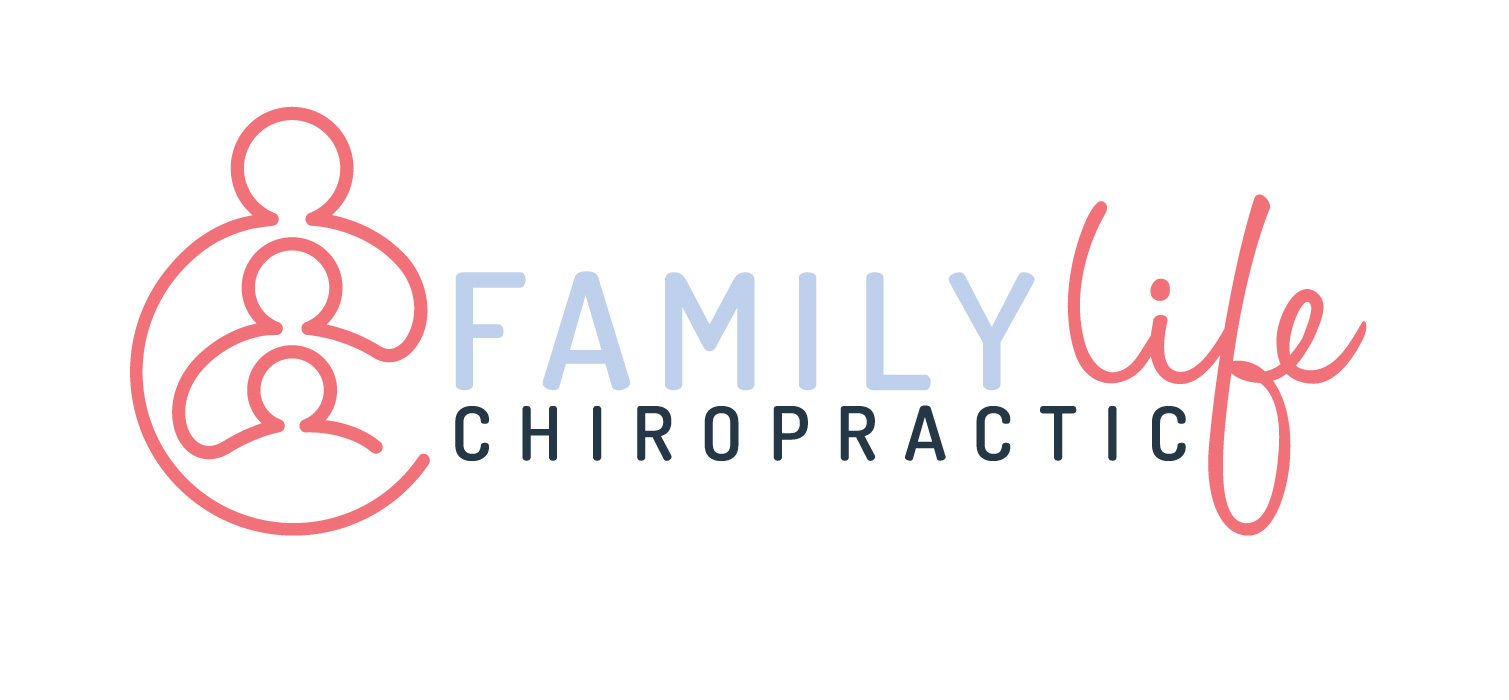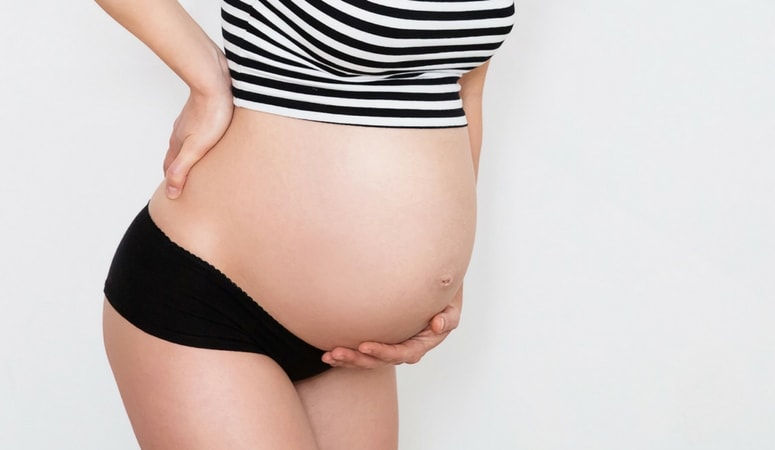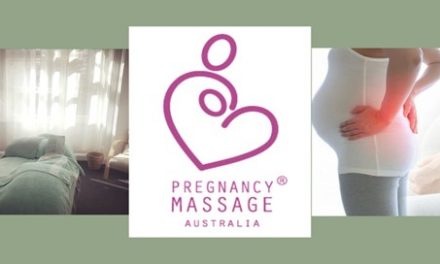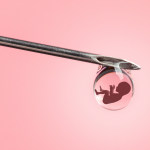Newcastle chiropractor: back pain advice during pregnancy
Pregnancy is an exciting journey in your life, it also marks a time of change as the body prepares to support the growth and nourishment of your baby. The changes that will occur to your pelvis, spine, muscles and ligaments to accommodate your growing baby are nothing short of amazing. These adaptations can also create some of the biggest obstacles to enjoying a comfortable pregnancy.
Up to eighty percent of women will experience back or pelvic pain. Musculoskeletal complaints like low back pain should be taken seriously. Back pain can become persistent and affect movement, sleep and overall quality of life. A portion of women report a continuation of their back pain post-partum.
Our team is passionate about supporting women through their pregnancy. We have over a decade’s worth of experience and advice to share with the expectant mother. Women receiving chiropractic care through their pregnancy report a high level of satisfaction with treatment outcomes.
Understanding back pain during pregnancy
A women’s center of gravity will change substantially during pregnancy to accommodate her growing baby. During this process the natural curves of the spine will change as they adapt to the growth of the uterus. The most prominent changes occur during the second and third trimester. Other factors to consider when identifying the cause of your back pain include:
- Alignment of the joints in the pelvis is important. The two Sacro-iliac joints (dimples just above the buttocks), Symphysis pubis (located at the front) and coccyx
- Hormones like relaxin and estrogen are present to loosen ligaments. This can increase the likelihood of soft tissue injuries and alignment issues.
- Body weight increases by 15-25%, placing pressure on the joints and ligaments.
- Enlargement of the uterus and breasts shifts the body’s center of gravity forwards. The pelvis tilts forwards, increasing the lower back curve.
Tips to minimize back pain
- Sleep on your side with knees bent and a pillow placed between your knees. This will help reduce the amount of rotation through your pelvis. A neutral alignment where stress is balanced symmetrically is best. A firm mattress will generally offer the best support.
- Choose shoes that provide good arch support. Avoid high heels and wedges.
- Remember to squat rather than bending the back when picking up objects.
- Continue to move and exercise in a way that is comfortable for you.
- Consult a chiropractor trained in the Webster technique for more specific advice and care.
Understanding your symptoms
The type of back pain symptoms experienced during pregnancy can be quite varied but often provide a practitioner with a good hint as to what is occurring. Often old injuries or problems can re-surface as a result of the extra load and pressure on the spine and pelvis.
Pain across the back and into the buttocks area can be persistent and nagging, even sciatic in nature. The scaro-illiac joints will often be the cause of these symptoms. We commonly see alignment issue with these joints, particularly in those who sit regularly for work. The sacrum which sits between these joints can also contribute to discomfort in this area.
Several key ligaments support the uterus during pregnancy. The round ligament can become tight like a rubber band, causing sharp sudden jabs of pain in the lower belly.
It’s important to have mobility within your pelvis and low back but not instability. Instability will lead to pain and poor alignment. Alignment issues can create increased tension in the pelvic ligaments and muscles. Instability at the symphysis pubis bone at the front of your pelvis can be excruciatingly painful. The support of a rigid pelvic belt can be one management strategy.
With so many changes occurring in the lower back, the neck and shoulders will be adapting, this can sometimes lead to pain in these areas as well.
Chiropractic Webster approach
When there is balance, there is less stress. The Webster technique is a gentle and non-invasive chiropractic technique for correcting imbalances in the mother’s pelvic alignment. Symmetry within structures of the pelvis will help to evenly disperse the increasing load on muscle and ligaments.
Most pregnant patients undergoing chiropractic treatment report a clinically relevant improvement. Our pregnancy chiropractor utilises specialised equipment to make your visit comfortable. At all times the health of you and your growing bub is our priority.
Expert care and advice during pregnancy is something we passionately share everyday with expecting mums. In our experience a pelvis and spine that is aligned and moving well leads to a more comfortable pregnancy. If you’re seeking a non-invasive, drug free approach to support your pregnancy we would be privileged to meet you.
References
- J Altern Complement Med. 2018 Jan 1; 24(1): 90–98.
- 2. Back pain is a major problem for many pregnant women. Martins RF, Silva JL Rev Assoc Med Bras (1992). 2005 May-Jun; 51(3):144-7.
- Sloan E. Sleep disruption during pregnancy. Sleep Medicine Clinics. 2008;3(1):73–80.
- Perkins J, Hammer RL, Loubert PV. Identification and management of pregnancy-related low back pain. J Nurse Midwifery. 1998;43:331–340.
- 5. Pennick V, Young G. Interventions for preventing and treating pelvic and back pain in pregnancy (Review) Cochrane Database Syst Rev. 2007;18:CD001139
- Skaggs CD, Prather H, Gross G, George JW, Thompson PA, Nelson DM. Back pain and pelvic pain in an underserved United States pregnant population: a preliminary descriptive survey. J Manipulative Physiol Ther. 2007;30:130–134.
- Khorsan R, Hawk C, Lisi AJ, Kizhakkeveettil A. Manipulative therapy for pregnancy and related conditions: a systematic review. Obstet Gynecol Surv. 2009;64:416–427.
- Maria C. Low back and pelvic girdle pain of pregnancy: Recommendations for diagnosis and clinical management. J Clinical Chiropractic Pediatrics. 2010;11(2):774–779.
- Vleeming A, Albert H, Ostgaard H, Sturesson B, Stuge B. European guidelines for the diagnosis and treatment of pelvic girdle pain. European Spine J. 2008;17(6):794–819
- J Phys Ther Sci. 2016 Apr; 28(4): 1199–1207. Impact of pregnancy on back pain and body posture in women.
- Guidelines of the American College of Obstetricians and Gynecologists for exercise during pregnancy and the postpartum period. Artal R, O’Toole M Br J Sports Med. 2003 Feb; 37(1):6-12; discussion 12.
- Jill Depledge et al. Management of Symphysis Pubis Dysfunction During Pregnancy Using Exercise and Pelvic Support Belts. Physical Therapy, Volume 85, Issue 12, 1 December 2005.
- P Walters, PJ, Pelvis. In: Textbook of clinical chiropractic. A specific biomechanical approach. Plaugher G, Editor: Williams and Wilkins, Baltimore; 1993
- Outcomes of pregnant patients with low back pain undergoing chiropractic treatment: a prospective cohort study with short term, medium term and 1 year follow-up. Peterson CK, Mühlemann D, Humphreys BK Chiropr Man Therap. 2014 Apr 1; 22(1):15.
- Ohm J, Alcantara J. The Webster Technique: Definition, application and implications. J Pediatr Matern Fam Health Chiropr2012;2012:49–53.
- Melzer, K., Schutz, Y., Boulvain, M., & Kaiser, B. (2010, June 1). Physical activity and pregnancy: cardiovascular adaptations, recommendations and pregnancy outcomes. Sports Medicine 406, 493-507.
- Acta Obstet Gynecol Scand.2015 Oct;94(10):1039-47.
Contact Family Life Chiropractic
E david@familylifechiropractic.com.au
P (02) 4965 4391















